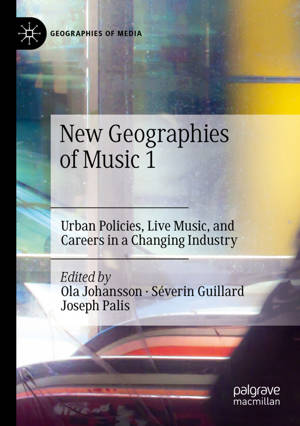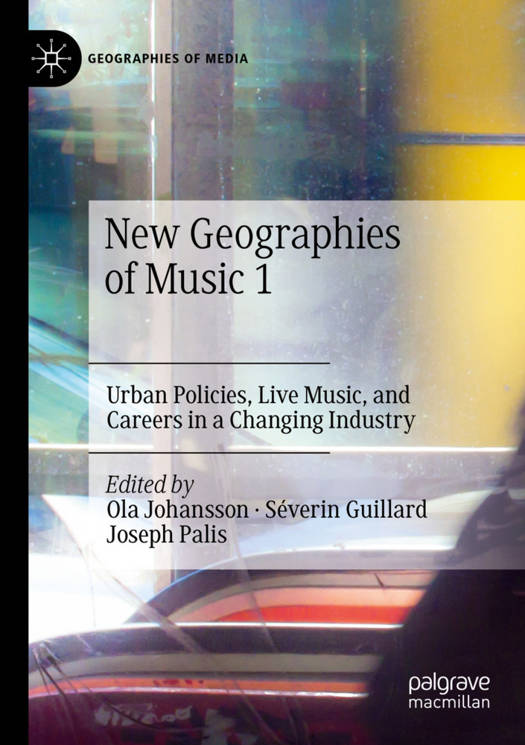
- Afhalen na 1 uur in een winkel met voorraad
- Gratis thuislevering in België vanaf € 30
- Ruim aanbod met 7 miljoen producten
- Afhalen na 1 uur in een winkel met voorraad
- Gratis thuislevering in België vanaf € 30
- Ruim aanbod met 7 miljoen producten
Zoeken
New Geographies of Music 1
Urban Policies, Live Music, and Careers in a Changing Industry
€ 42,45
+ 84 punten
Omschrijving
This book is the first installment of a trilogy that explores the spatial dimensions of music. Music has generated substantial interest among geographers, but other academic disciplines have also developed related spatial perspectives on music. This trilogy brings together multiple approaches, each book investigating a bundle of interrelated themes. New Geographies of Music 1: Urban Policies, Live Music, and Careers in a Changing Industry starts with an introduction that explores contemporary approaches to the study of popular music. The following chapters address a range of issues, including the role of live music in urban development, how knowledge about local music ecosystems circulates among cities, urban networks of music production, how musical practices in local scenes are affected by core-periphery relations, and how musicians rely on touring in order to earn a living. This is a must-read for anyone interested in the relationship between space and music.
Specificaties
Betrokkenen
- Uitgeverij:
Inhoud
- Aantal bladzijden:
- 147
- Taal:
- Engels
- Reeks:
Eigenschappen
- Productcode (EAN):
- 9789819907595
- Verschijningsdatum:
- 5/08/2024
- Uitvoering:
- Paperback
- Formaat:
- Trade paperback (VS)
- Afmetingen:
- 148 mm x 210 mm
- Gewicht:
- 222 g

Alleen bij Standaard Boekhandel
+ 84 punten op je klantenkaart van Standaard Boekhandel
Beoordelingen
We publiceren alleen reviews die voldoen aan de voorwaarden voor reviews. Bekijk onze voorwaarden voor reviews.










